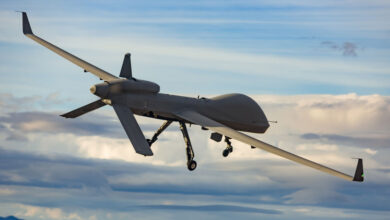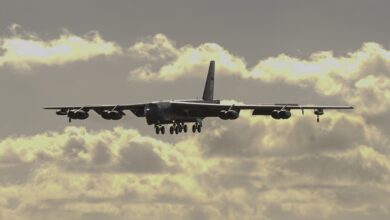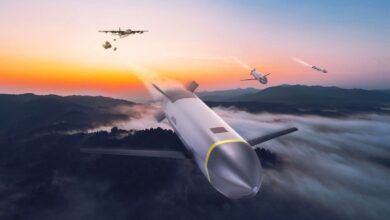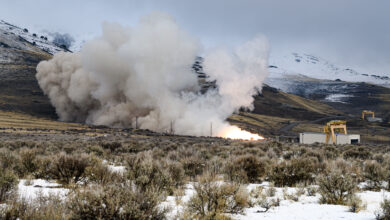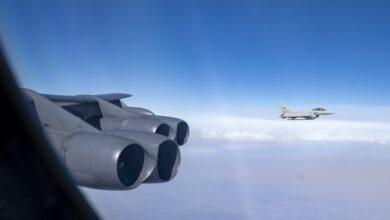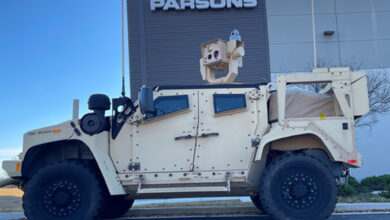DoD’s Largest Telescope Receives Mirror Recoat
The US Air Force Maui Optical and Supercomputing (AMOS) site has completed coating the primary lens of the US Department of Defense’s largest reflector telescope.
The recoating follows a year of planning and four months of work, according to the Air Force Research Laboratory (AFRL).
The advanced electro-optical system (AEOS) telescope is located on top of the 10,000-foot (3,000 meters) Haleakala volcano in Maui, Hawaii.
The 11.9-foot (4-meter) lens is part of the Maui Space Surveillance System, a telescope network utilized by the US Space Force for space domain awareness (SDA).
The telescope captures light reflected from a central hole to the primary and a secondary mirror, increasing the magnification and sharpness of objects in the sky.

“Keeping the AEOS telescope’s primary mirror in quality condition is paramount to the site’s SDA mission,” US Space Force 15th Space Surveillance Squadron Commander and AFRL Directed Energy Directorate Chief Lt. Col. Phillip Wagenbach said.
“Periodic recoating of the AEOS’s primary mirror ensures readiness of the telescope to support the SDA mission for the warfighter.”
Recoating Mirror of AMOS AEOS Telescope
The first mirror recoat was conducted in 2008, 12 years after the original coating in 1997. The long duration was due to the construction of the mirror recoat facility, which was also completed in 2008.
“Large mirrors like the AEOS 3.6-meter should be recoated every 4 to 6 years, but performance requirements are highly dependent on the mission of the telescope,” AMOS Technical Director Scott Hunt explained.
The recent mirror recoating involved the removal of the telescope’s primary mirror cell.
It was then relocated to Boeing’s mirror recoating facility, where experts took nearly two weeks to remove the mirror substrate from the cell.

“Stripping and cleaning the substrate was a critical process, particularly the final wipe-down to remove any residue from chemicals used during the stripping and cleaning process,” Hunt said.
“We also fabricated a ‘drumhead’ cover that was placed over the mirror substrate immediately following the cleaning process. The drumhead cover proved to be an effective innovation to mitigate particulate accumulation on the substrate while we made final preparations in the chamber.”
The team sent the results to private coating industry experts in New Mexico and Arizona to validate the recoating process after the work’s completion.
“The report we received was the coating achieved during this recoat was that the results were excellent and among the best they had ever seen on a large mirror of this type,” Wagenbach said.



